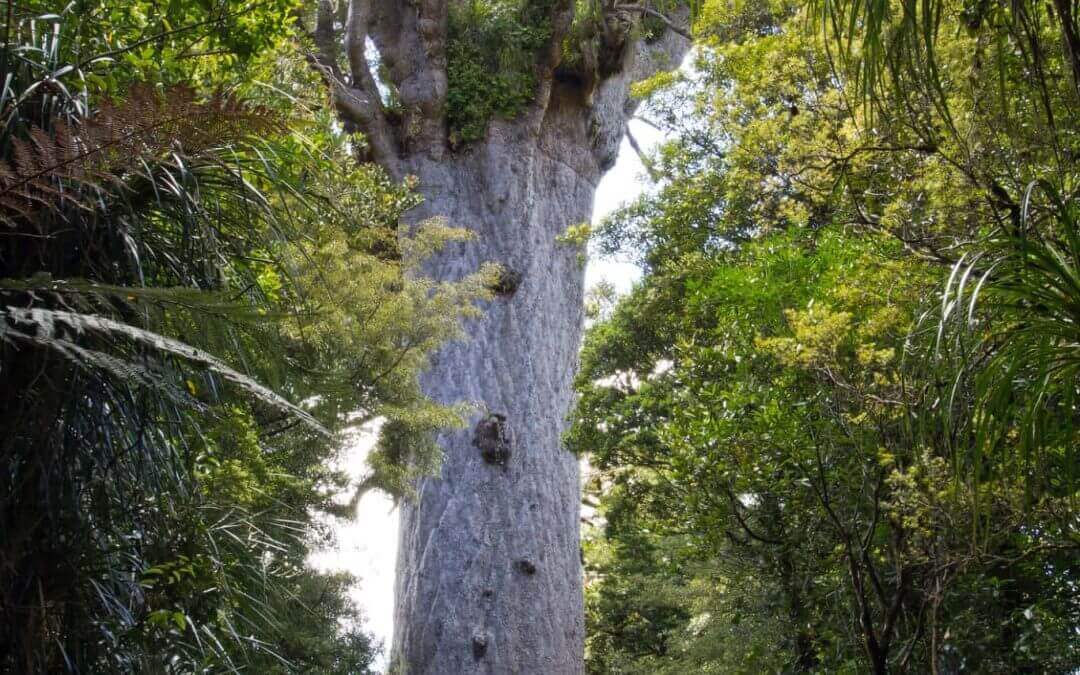There are several reasons for tree protection. Here are some things you need to check before you chop:
- Does the tree belong to the list of protected species? There are some trees like the coastal Pohutukawa that are protected because they preserve the ecosystem and prevent erosion. Other species in the protected list are the Kauri tree, the Totara tree, the Puriri tree and the Norfolk Pine.
- Is the tree in an ecological area? Trees outside the urban environment might be covered by general tree protection rules.
- Is it a notable tree? There are some trees or group of trees that hold significance to a community (and for some, even to the nation) because they commemorate special events in New Zealand history.
- Are the trees exception or unique as an example of its specie? If so, this also falls under the notable tree classification.
- Is the tree important to the survival of the species? If this is the last tree in New Zealand of this specie, you can bet it’s protected. Things like the tree’s age, stature, character or visibility may make them a notable tree.
- Is the tree part of the schedule of protected trees in your district plan? Make sure you check your district plan before carrying out any work.
- Is the tree’s protection part of a condition on a resource consent?
- Is the protected by a covenant or consent notice on the title?
There are a lot of other reasons for a tree to be protected, the best way to find out is by the Auckland Council website or calling the council to find out.
Remember also that the protection of the tree isn’t just for pruning or tree removal, but also extends to any work you do near the tree including excavation, construction, depositing materials or storing materials under the branches or around the roots.
Once you find out that your tree is indeed a protected one, the next step is apply for a resource consent. If you begin working on the protected tree without one, you will be fined under the Resource Management Act.
Taking care of protected trees can ensure their longevity. The Council even offers financial subsidy for the care of scheduled trees. It is important to work with qualified arborists like A1 Sure Services when it comes to tree care and maintenance of protected trees.

